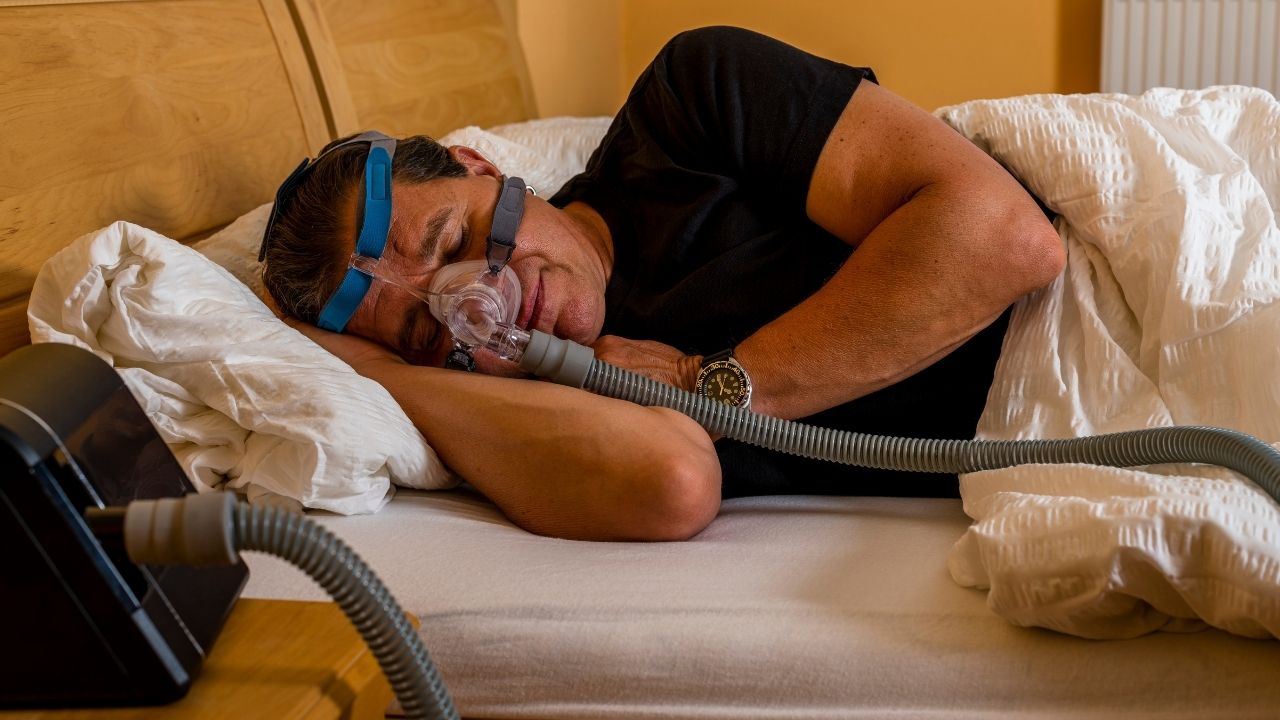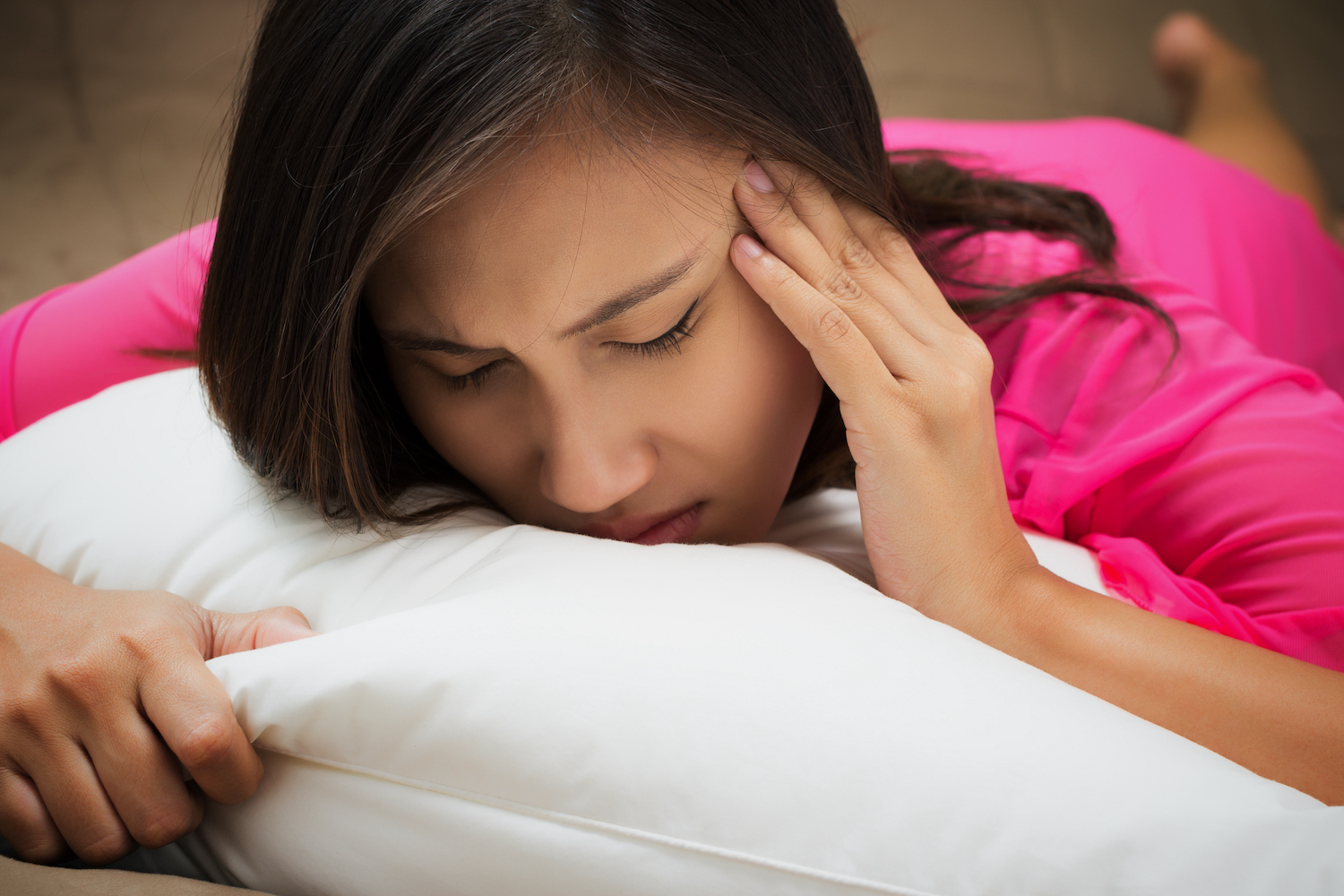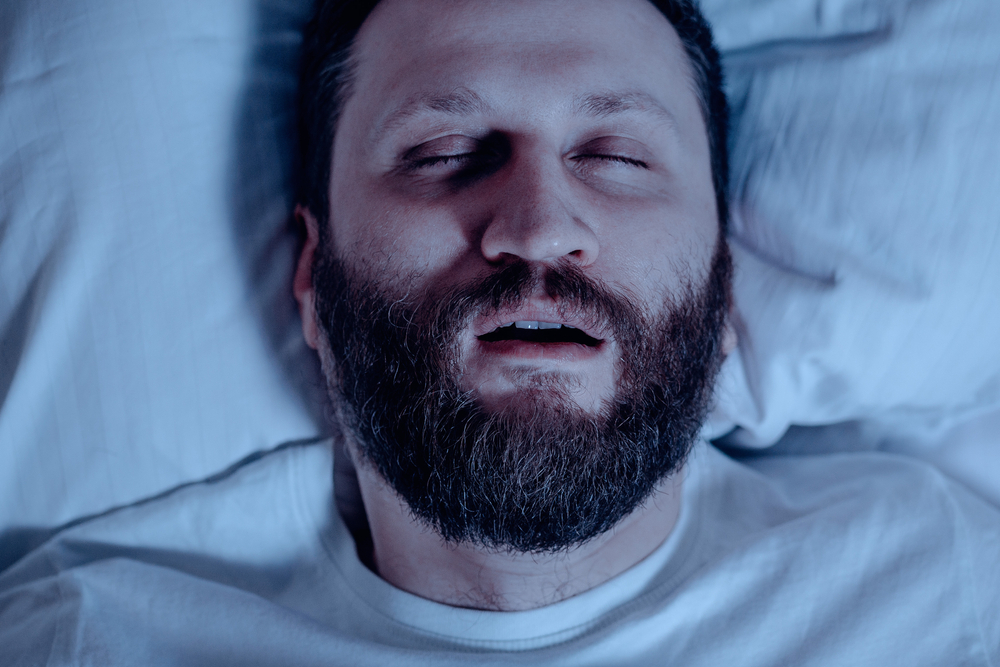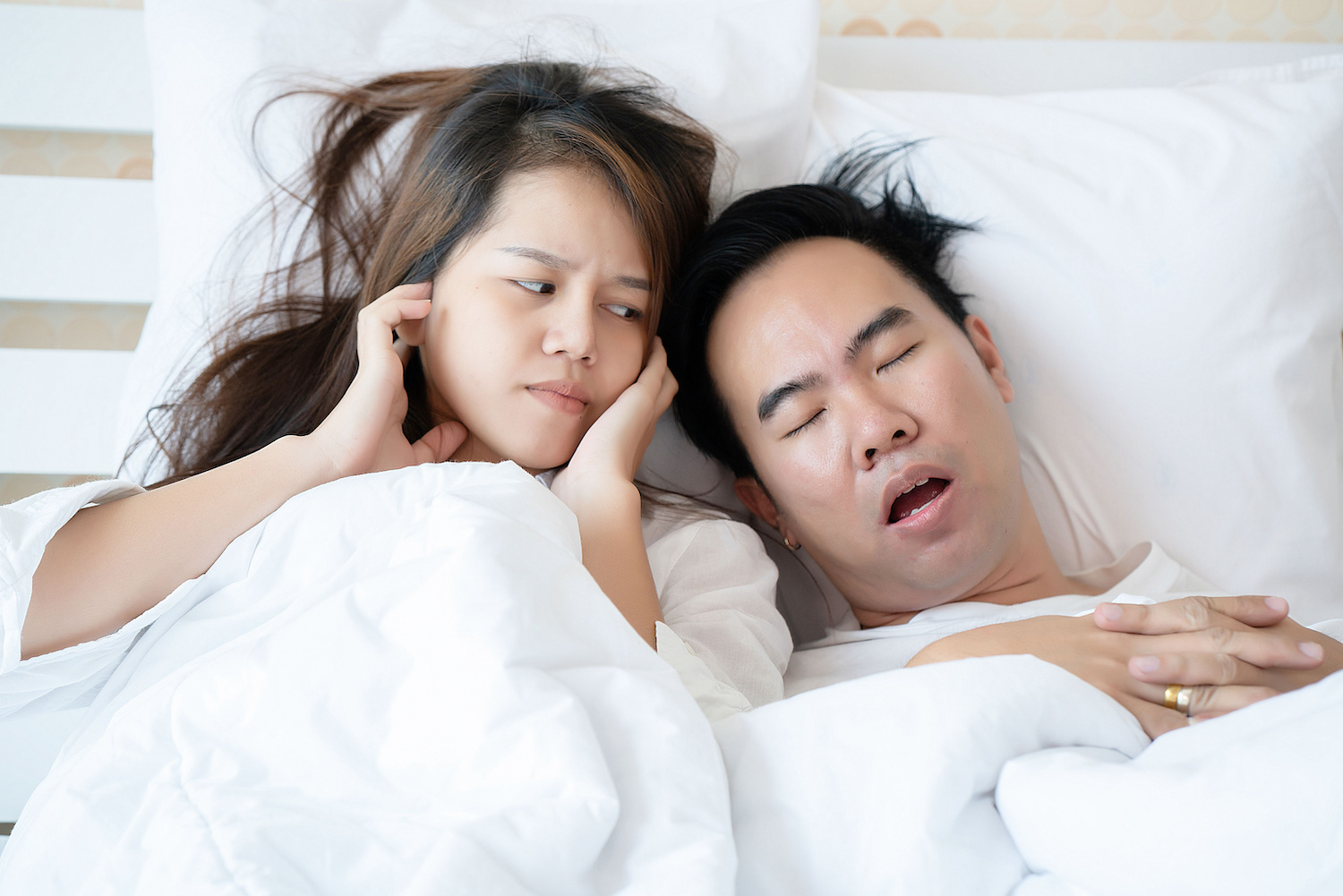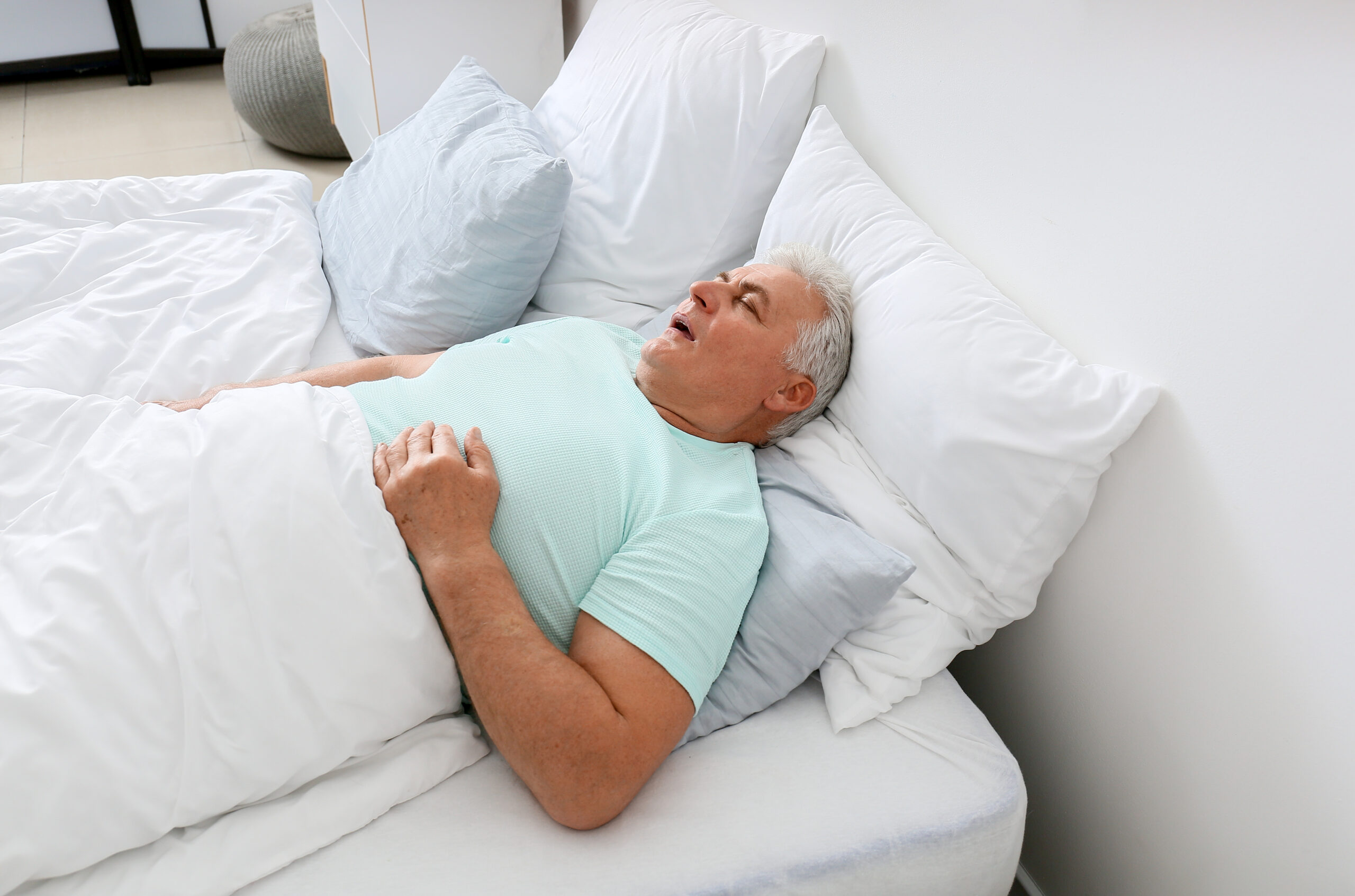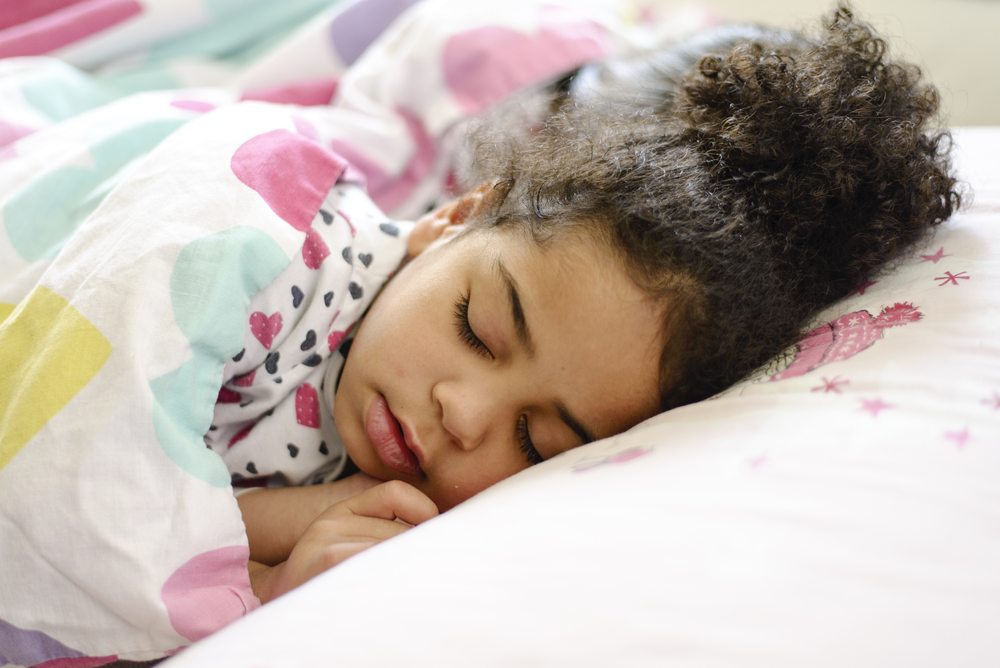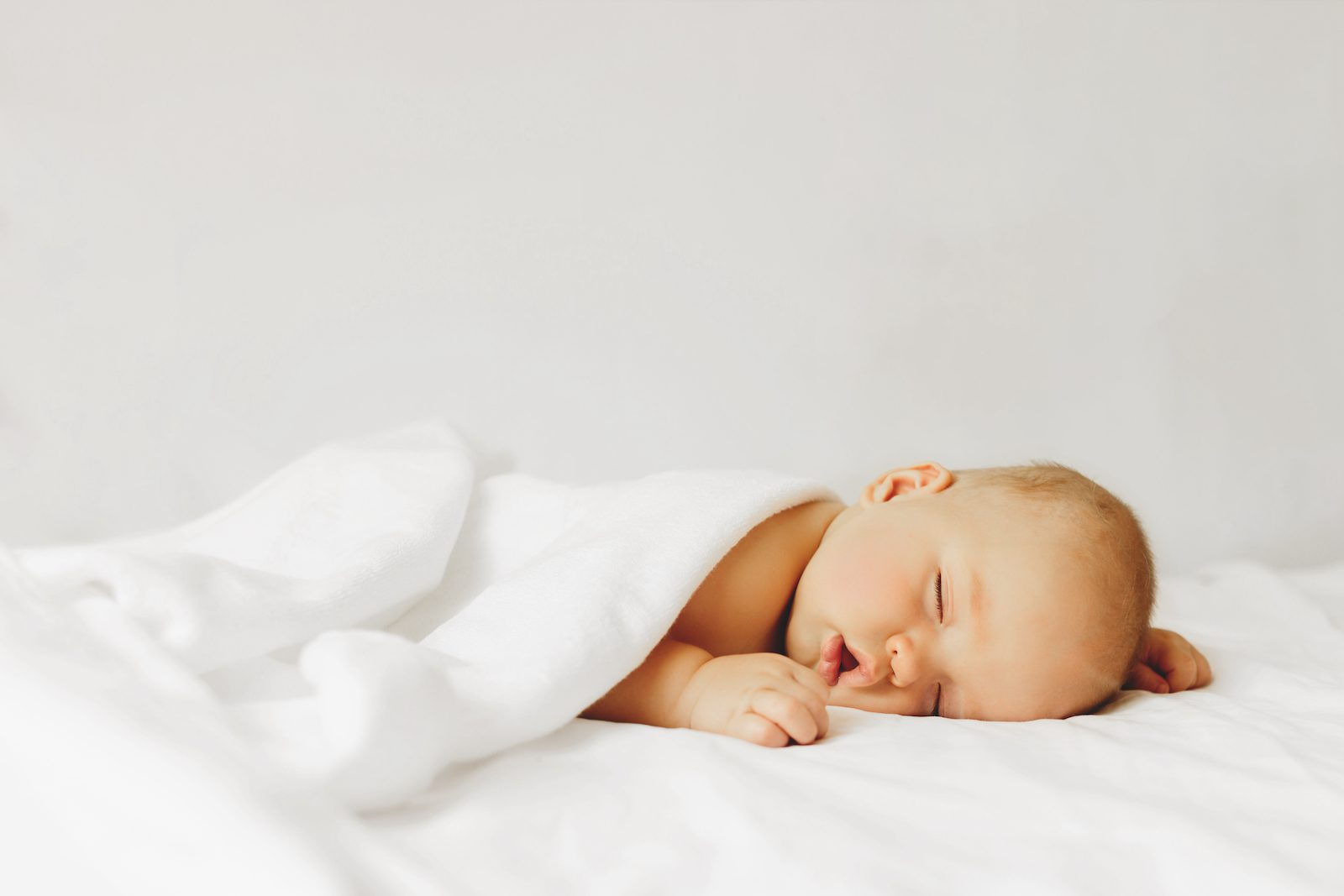Complex sleep apnea is a form of sleep apnea that can develop when a person is receiving treatment for obstructive sleep apnea (OSA). Complex sleep apnea occurs when a person undergoing positive airway pressure (PAP) therapy develops central sleep apnea (CSA).
Complex sleep apnea is now referred to as treatment-emergent central apnea, but physicians may refer to it either way. It is called treatment-emergent central apnea because the central apneas appear after initiating treatment for OSA.
How Do You Develop Complex Sleep Apnea?
Complex sleep apnea can develop when a person is receiving treatment for obstructive sleep apnea. While both obstructive and central sleep apnea cause a person to experience pauses in their breathing during sleep, the reasons for these pauses are different.
Obstructive sleep apnea occurs when the airway becomes constricted or blocked, while central sleep apnea occurs when the brain fails to send proper signals to the muscles that control breathing. In complex sleep apnea, a person being treated for OSA continues to have pauses in their breathing despite their airway remaining open.
Although complex sleep apnea is most often discovered when a person is being treated with continuous positive airway pressure (CPAP), it can also occur with bilevel positive airway pressure (BiPAP or BPAP) treatment.
There are many possible ways in which treating obstructive sleep apnea may cause a person to experience central apneas.
- Loop gain: Loop gain is a measure of how well the body responds to changes in breathing during sleep. In people with OSA, the body may overreact to changes in breathing, especially when they use a PAP machine. This overactive response can lead to a pattern in which a person alternates between deep breathing and pauses in breathing.
- Increased ventilation: When the airway is kept open with PAP therapy, a person can breathe more easily and efficiently. However, the increased ventilation during PAP therapy can also increase the elimination of carbon dioxide from the body. This can cause the level of carbon dioxide in the blood to drop, which can trigger central apneas.
- Mask air leak: During the process of adjusting the air pressure settings for PAP therapy, air can leak out of the mask. The air leak can cause a sudden drop in CO2 levels and trigger an episode of central apnea.
How Common Is Complex Sleep Apnea?
It’s estimated that up to 20% of people undergoing CPAP titration for OSA develop complex sleep apnea, though only around 2% continue to have symptoms on long-term CPAP therapy. Complex sleep apnea may be discovered while the doctor monitors or adjusts the pressure settings on a PAP or BiPAP machine.
In rare cases, complex sleep apnea is diagnosed after a month or more of PAP treatment. Less than 4% of people on PAP therapy experience delayed complex sleep apnea.
What Causes Complex Sleep Apnea?
Researchers have identified certain risk factors that increase the likelihood of developing complex sleep apnea. These risk factors include:
- Male sex
- Advanced age
- Sleeping on the back
- Opiate usage
- Heart disease
- Severe obstructive sleep apnea
- Higher altitude
- Treatment with CPAP or BiPAP on a high setting
What Are the Symptoms of Complex Sleep Apnea?
Symptoms of complex sleep apnea may include:
- Excessive daytime fatigue or drowsiness
- Perceived poor sleep quality
- Frequent nighttime waking
- Morning headaches
- Chest pain or discomfort
- Difficulty with concentration
- Changes in mood
Complex sleep apnea can present itself in different ways. Some people may experience a variety of symptoms and others may not have any symptoms at all. Unlike OSA, snoring is not a common symptom of complex sleep apnea.
Complex Sleep Apnea Treatment
Most cases of complex sleep apnea resolve over time. Therefore, a doctor may recommend continuing CPAP therapy and monitoring a person’s progress, rather than immediately changing the treatment plan.
People with persistent complex sleep apnea may not have symptoms. For this reason, doctors will schedule a repeat sleep study, either in a sleep clinic or at home, two to three months after complex sleep apnea was detected, to see if the condition has resolved.
If repeat testing confirms the presence of complex sleep apnea, the healthcare provider may recommend adjusting treatment by switching to ASV or BiPAP with a back-up rate.
Adaptive Servo-Ventilation
Adaptive servo-ventilation may be recommended to treat persistent complex sleep apnea. ASV uses specialized technology to monitor a person’s breathing and adjust the pressure as needed.
ASV can promote a regular breathing pattern during sleep by reducing the air pressure when a person is breathing normally. This helps prevent situations where the brain signals to stop breathing due to low levels of carbon dioxide in the blood.
ASV is a newer form of treatment and more research is needed to fully understand its benefit. Studies have shown that ASV can effectively treat complex sleep apnea in specific cases but it is not appropriate for everyone. Some people with heart failure should not use ASV.
Bilevel Positive Airway Pressure
If ASV is not an appropriate option, a doctor may recommend treating persistent complex sleep apnea with a BiPAP machine. A BiPAP machine works by delivering two different levels of air pressure during sleep. When you breathe in, the machine increases the air pressure to keep your airway open and when you breathe out, the machine decreases the pressure.
BiPAP treatment for complex sleep apnea uses a backup rate. The back-up rate is a safety feature that provides a set number of breaths per minute when a person is not breathing adequately on their own. This ensures the person gets enough air to help prevent central sleep apnea events.
In some cases the central apnea events will return during BiPAP treatment. Therefore, a doctor will carefully evaluate a person’s medical history and sleep problems to determine which treatment may be best.




